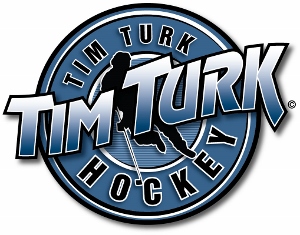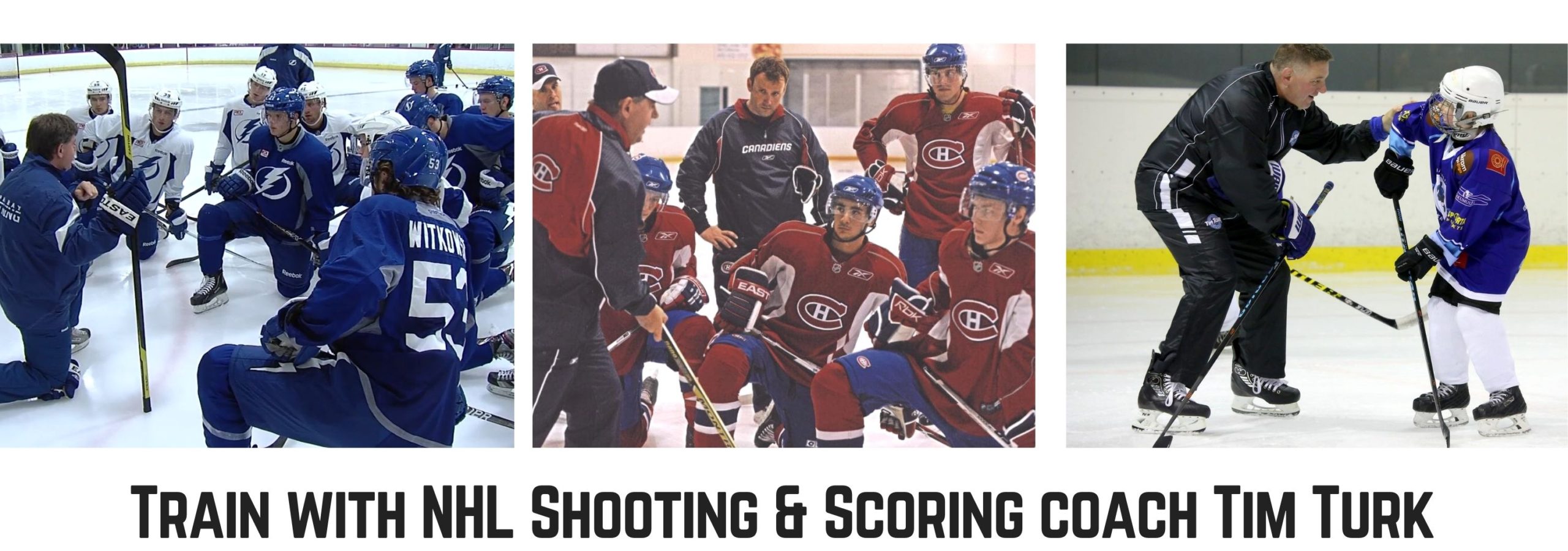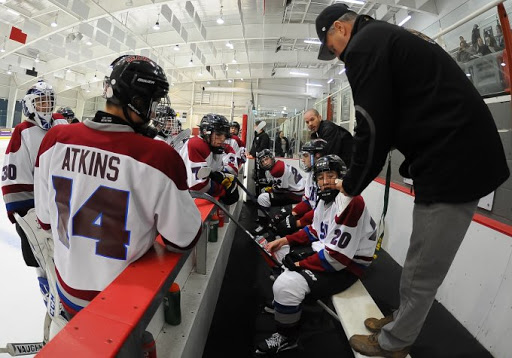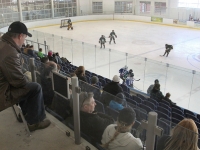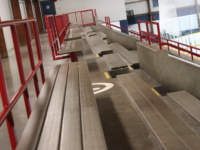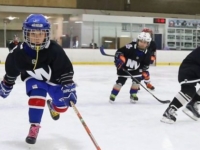Hockey is an ever-evolving sport, but it isn’t just the game itself that has seen major changes. The new generation of players are entering the sport with different skillsets, attitudes, and goals. It can be a challenge for some old-timers to keep up with these ideas, but it is important to learn to adapt if one wants to continue to contribute to the hockey community.
With this new generation of hockey players also comes a new generation of coaches. They aren’t necessarily younger (though some are), but they are willing to accept the changes that have come over the years. Some coaches who have come from the old-school world of hockey have successfully transitioned into coaching the new generation, but it takes some time to adjust. Other coaches are coming out of this new generation and proving themselves among their peers.
Calmer, Comprehensive Communication
One major change with this generation of hockey players is that they don’t simply respond to basic demands and emotional communication. They want to have things explained to them so that they can understand why something might set them up for success or failure. The coach screaming from the bench is no longer effective in today’s hockey world. Instead, a coach needs to be cool, calm, and collected in order to connect with his players.
While a coach can still send a message with a line change or fewer minutes on the ice, he can’t just leave it at that. His players deserve respect and explanations, even when they aren’t playing up to their potential. Today’s coaches are far more likely to take an active interest in helping young players develop rather than going with the “tough love” approach of hanging them out to dry until they come to a realization on their own.
Positive Reinforcement
The aforementioned “tough love” coaching style was a big part of the past, with many coaches willing to verbally attack players or make jokes at their expense. This was seen as gritty and jarring, but something that ultimately made the players tougher and helped them break into the cutthroat nature of the game. This behavior, however, is no longer prominent, and is in fact become unacceptable in many circles.
Today’s players need more encouragement from their coaches and teammates. As more people become aware of the negative effects of bullying, there is not as much of a need to “toughen” up the players, because there is a lot more respect to go around at all age levels. Teams develop a sense of unity early on, and a coach who threatens that with harsh or demeaning words could find himself losing the respect and attention of his players.
Criticism is still okay, but it needs to be constructive criticism rather than focusing on negative items. The younger generation may be a little more sensitive to being called out, but they are eager to learn and make improvements, so long as they are properly walked through them.
Individual Interaction
In the past, most exercises were team exercises, and little attention was paid to the needs of individual players. Sure, there were coaches who helped hone and develop skills, but the focus was on getting the team to play together, and many drills were done with the team as a whole.
With major advances in technology these days, it is more viable to focus on individual players and teach them in a one-to-one manner. Video analysis plays a big part in this trend, and the current generation wants to go over it for each player. Instead of simply molding into a role on the team, they want personalized direction and often want to be given a task to perform.
This isn’t to say that team drills and practices aren’t important – they are still the best way to improve the group as a whole. But customized interaction with each player is trending upward, and coaches are more aware than ever. This requires a bit more work in the beginning, but it helps make the team better in the long run. If a coach understands the needs, strengths, and weaknesses of every individual, he can make better decisions, both on and off the ice.
Reduced Physicality
Much to the chagrin of many older players and fans, fighting in hockey is way down and the game as a whole has become less physical and more about speed and skill. There is still a need for solid defensemen and big hits, but leagues across the world have become more concerned about safety, and younger fans want to see flashy plays based on skill more than they want to see violence.
Coaches who encourage dirty plays and reckless moves are no longer desirable. Leagues, especially youth leagues, take concussions and injuries very seriously and are likely to suspend or expel coaches who are putting their players in harm’s way. Today’s coaches are focused on teaching their kids not only the skills required to succeed in the game, but also the patience and wherewithal to keep it clean and safe for everybody.
A Part of the Team
Although the coach is still the ultimate authority for a hockey team, today’s coaches aren’t generally looked at as the hotheaded strongmen that they once were. They can’t just dictate everything about the game, and the players are better off for it. The current generation of coaches want to make themselves available to individual players and are ready to listen to their questions and concerns.
In a way, today’s coaches are doing a lot more actual “coaching” than many did in the past. Back then, it was common for the coach to be more of a ruler, demanding players do exactly as he said lest they want to be benched for the remainder of the season. It was a tough world to succeed in, and it might have discouraged many potential stars from reaching their goals. With a softer, more individualized approach, the new generation of players might be the most hopeful one yet.
